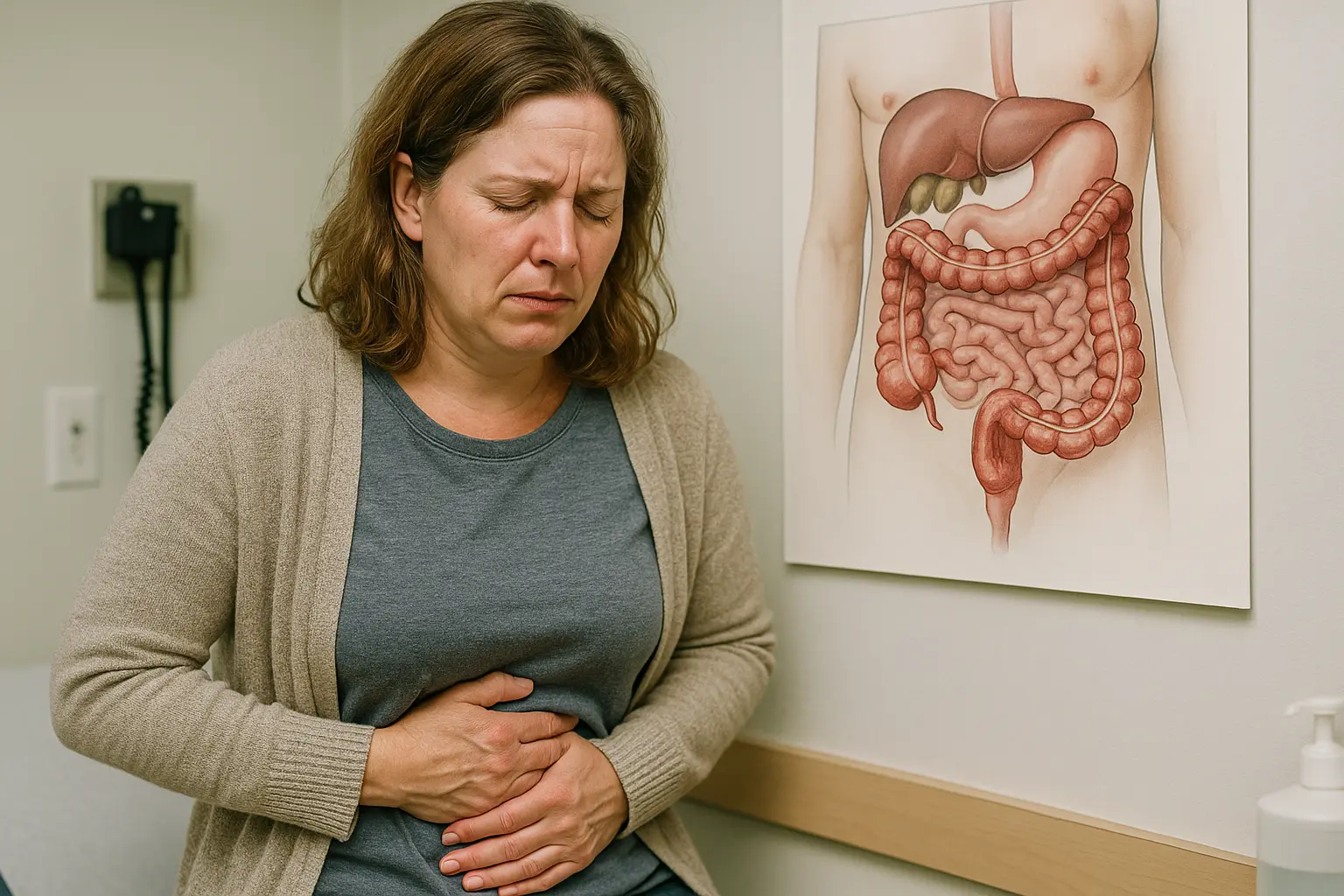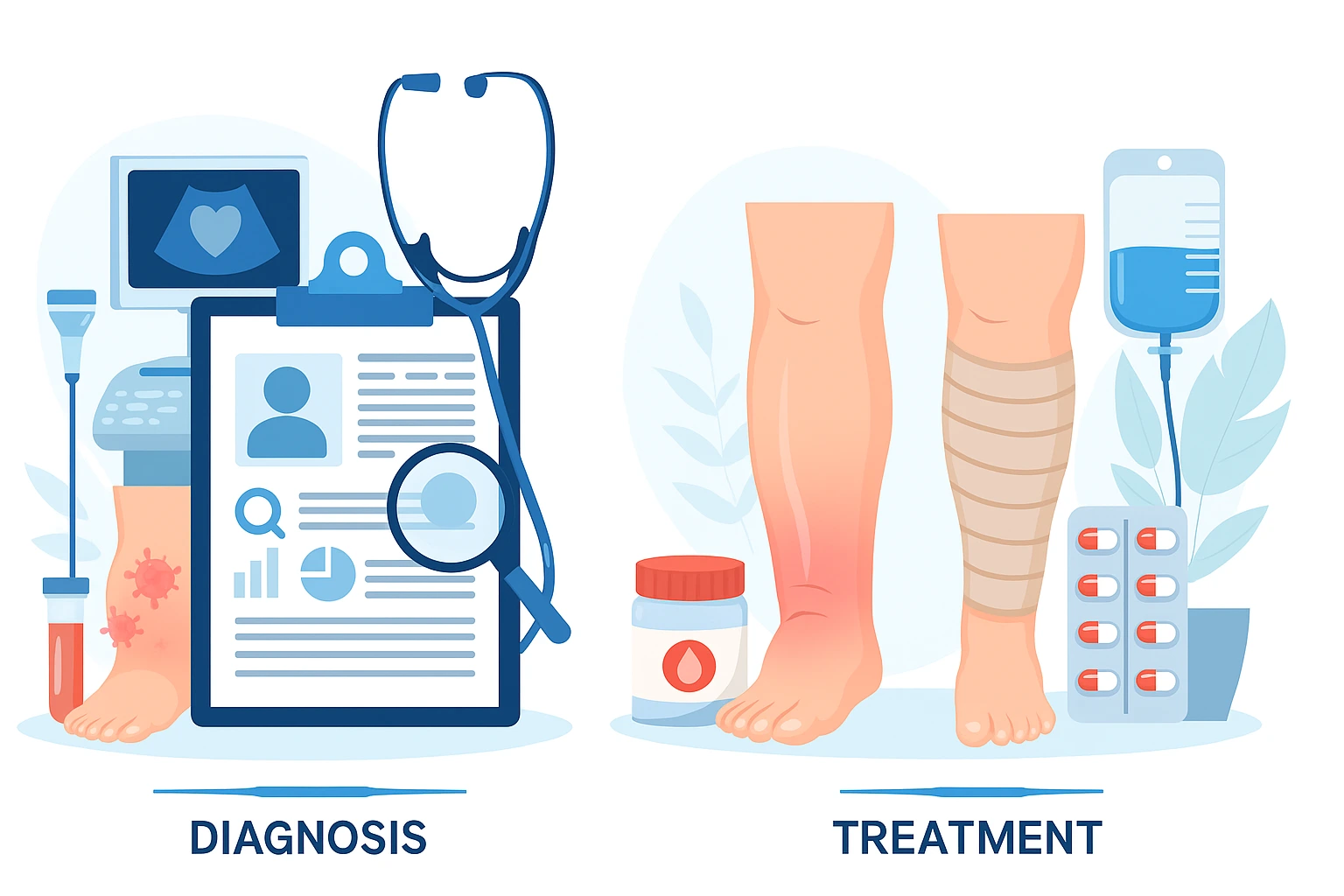This is what happens to millions worldwide, and nearly 3 million so-called Americans with Crohn’s disease, in their daily life. Beyond a stomachache, Crohn’s is a chronic inflammatory bowel disease (IBD) and can disrupt every facet of life-from eating to sleeping, attending school, working, and maintaining social relationships. Oftentimes, it remains undiagnosed for years.
The following article provides in-depth information on Crohn’s disease, its significance, effective management and treatment options, and what the future holds. In the interest of empowerment and education, this resource has been crafted for newly diagnosed patients, those supporting someone with Crohn’s, or anyone seeking to understand the illness better.
Why Crohn’s Disease Matters
Crohn’s disease affects the digestive tract, most commonly the small intestine and the beginning of the colon. But its impact goes far beyond the gut: it causes diarrhea that does not go away, abdominal pain, fatigue, weight loss, and malnutrition.
Unlike short-term illnesses, Crohn’s is a lifelong condition with periods of remission and flare-ups. Long-term medical management, lifestyle changes, and maintaining one’s resilience are required for it. IBD-related illnesses cost more than $30 billion every year in America, considering direct and indirect costs, says the Crohn’s & Colitis Foundation. It is of the creed that better outcomes arise from early diagnoses and treatment.
Key Insights: Understanding Crohn’s Disease
Causes and Risk Factors
While the exact cause of Crohn’s disease remains unknown, most researchers agree that some kind of abnormal immune reaction that targets the gastrointestinal tract is involved. It is also believed that genetics and environmental factors play a role.
- Genetics: Crohn’s is inherited in 15 to 20% of cases.
- Immune system: The system attacks healthy bacteria in the gut.
- Environment: Smoking and NSAIDs use coupled with a Western-style diet may increase the risk.
Common Symptoms
- Chronic diarrhea
- Cramping and abdominal pain
- Fatigue and loss of energy
- Decreased appetite and weight loss
- Anemia and joint pain
- Fever during flare-ups
The symptoms change depending on the severity and site of inflammation, which further complicates making a diagnosis.
Here is a stepwise approach to diagnosis and treatment.
Step 1: Seek Medical Evaluations
Tests to be ordered by a gastroenterologist include:
- Colonoscopy or endoscopy to visualize inflammation
- MRI or CT scans to analyze deeper tissues
- Stool tests and blood work for markers of infection and inflammation
Step 2: Confirmation of Diagnosis
Crohn’s is often misdiagnosed as IBS or ulcerative colitis. The diagnosis is made by correlation of tests and medical history.
Step 3: Initiate Medical Treatment
There is no cure, but treatments are aimed at controlling symptoms and keeping the patient in remission.
Common therapies include:
- Aminosalicylates (e.g., mesalamine) for mild inflammation
- Corticosteroids for short-term symptom relief
- Immunomodulators (azathioprine, methotrexate) to regulate immune activity
- Biologic therapies like infliximab (Remicade) and adalimumab (Humira) that target specific proteins driving inflammation
Surgery may be necessary in severe cases, especially if there’s bowel obstruction or fistulas.
Real-World Example: Living with Crohn’s
Case: Jessica, 28, diagnosed at age 21
Symptoms: Unexplained fatigue, weight loss, and abdominal pain
Approach: After diagnosis, Jessica began a regimen of infliximab, adjusted her diet, and worked with a dietitian.
Outcome: Today, she’s in remission and maintains a demanding job as a software engineer.
“It took months to get a diagnosis. Once I understood the disease, it changed how I lived—but not what I could achieve.”
Actionable Tips for Managing Life with Crohn’s
Here Were Taken-In-Hand Tips for Living With Crohn’s
- Learn how and when symptoms strike you. An app like GI Monitor or MyIBD Care may help establish a pattern.
- Change your diet. Opt for a low-residue diet if a flare is in progress; introduce fiber once in remission. Little caffeine, spicy foods, or any alcohol is allowed.
- Drink water. Dehydration is quite common after bouts of diarrhea. Electrolyte solutions will help.
- Rest. Fatigue is indeed one thing. Take your sleep seriously, including your downtime.
- Reinforce a support system. Join support groups such as Crohn’s & Colitis Foundation forums or local groups.
- Open up to your school or workplace. Ask for accommodations if needed.
Things You Should Never Do
- Delay treatment: Waiting too long may permanently damage the intestine.
- Diagnose yourself: Always seek medical advice.
- Neglect your mental health. Anxiety and depression are common in chronic illness. Therapy and counseling should be considered.
- Exclusively rely on diet: Nutrition remains important, but most often, Crohn’s poses medical treatment more than diet.
- Skip your medication when in remission: Maintenance therapy should remain your top priority in preventing flare-ups.
Future developments in Crohn’s Care
Precision Medicine
Personalized care based on genetic and microbiome profiles is the focus of ongoing research.
New Biologics and Small Molecules
New drugs such as risankizumab and upadacitinib are promising safer options for targeting Crohn’s.
Gut Microbiome Therapy
Fecal microbiota transplantation and microbiome-based therapeutics are being explored for long-term symptom control.
AI-Driven Diagnostics
Tools that analyze patterns in imaging, labs, and patient-reported symptoms could soon make diagnoses faster and more accurate.
Conclusion: Crohn’s Is Complex, But You Are Not Alone
Setting aside with Crohn’s denotes an ongoing encounter with physical, emotional, and social challenges. Yet, a person can live a full life with the right support, treatment, and mindset.
Awareness, education, and early intervention stand as your strongest weapons. Knowledge is power as you walk the path toward diagnosis, treatment, or care for a loved one.
Looking for more support? Check out resources offered by the Crohn’s & Colitis Foundation, talk with a certified gastroenterologist, and subscribe to the newsletter for practical tools, stories, and updates on treatment discovery.




